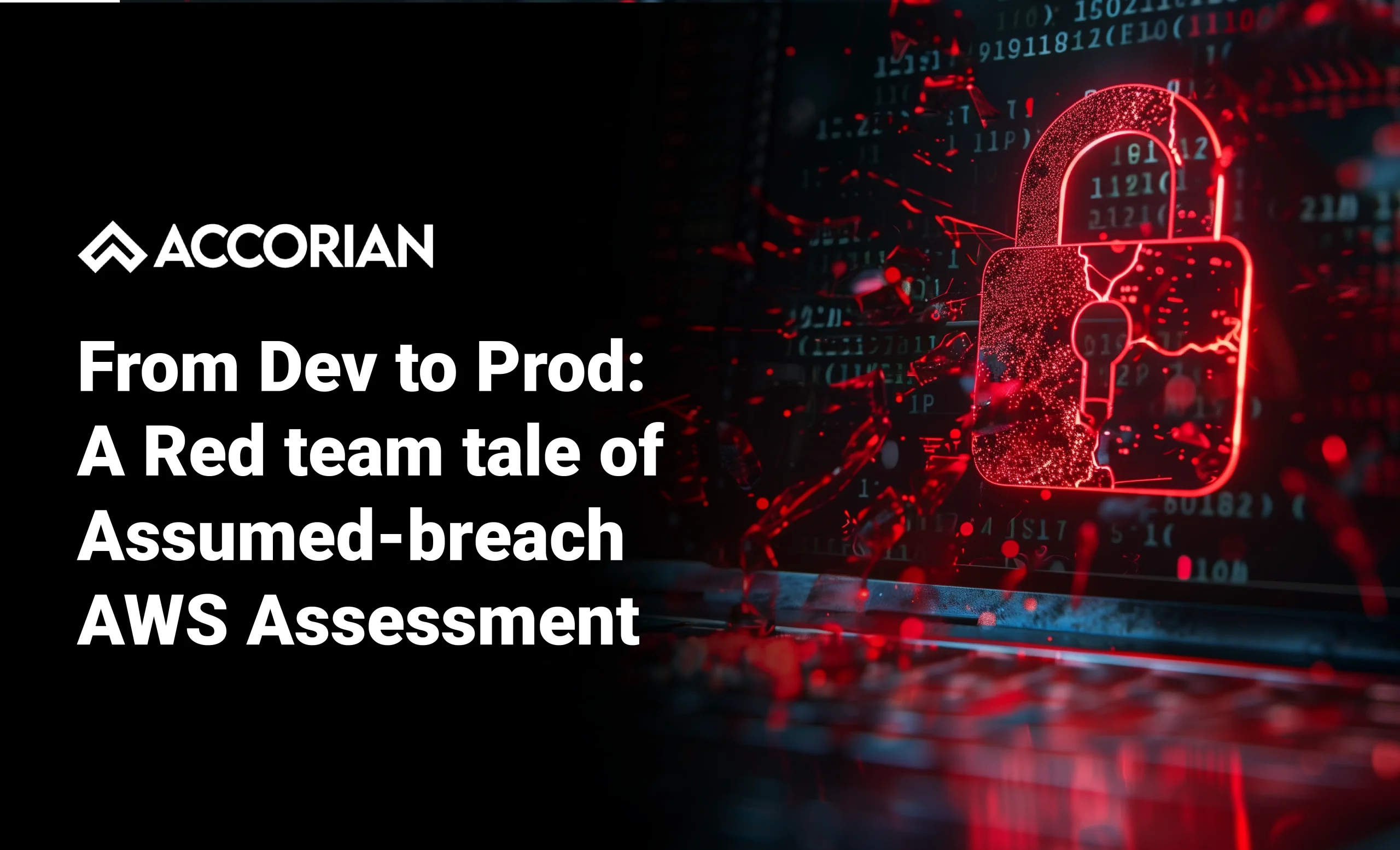In late April this year, HiddenLayer security researchers uncovered a “Policy Puppetry” prompt injection that could bypass safety measures across all major AI models, including Anthropic, OpenAI, Google, Microsoft, Meta, and the growing Chinese business DeepSeek. In seconds, attackers could mislead these systems into revealing system prompts or executing prohibited operations, indicating that even today’s most capable AI isn’t safe by default.
Imagine a customer service chatbot that a competitor, or worse, a malicious actor, can manipulate to expose sensitive data, leak internal guidelines, or sabotage operations.
This is not sci-fi, it’s what happens in labs!
The Unseen Risks of Rapid AI Adoption
Many organizations worldwide overlook the crucial security component as they use AI to obtain a competitive edge. Despite the rise in AI adoption, most organizations do not have sufficient security measures in place, which leads to data leaks and noncompliance, according to a recent BigID report.
Due to AI’s integration into HR, customer service, and other business operations, flaws in AI systems may have an impact on the entire organization. Among the risks are proprietary information compromised by external AI platforms, regulatory violations from unchecked outputs, and sensitive customer data embedded in AI inputs.
Understanding the Threat Landscape
One of the most urgent threats is the Prompt Injection attacks, in which malevolent actors alter AI prompts to generate undesirable or unexpected results. These attacks may result in the execution of illegal activities or the disclosure of private data.
The security environment is further complicated by the emergence of “shadow AI,” or unapproved AI tools utilized by employees. These tools often lack robust security measures, making them susceptible to exploitation.
Building a Secure AI Ecosystem
To mitigate these risks, organizations should consider the following measures:
- Prompt Injection Protection: Implement defenses against prompt manipulation to ensure AI outputs remain reliable.
- User Access Controls: Restrict access to AI systems based on user roles and responsibilities.
- Red-Teaming for LLMs: Conduct regular testing to identify and address vulnerabilities in large language models.
- Model Activity Logging: Maintain logs of AI system activities to monitor unusual or unauthorized behavior.
- Built-in Explainability: Ensure AI systems can provide understandable explanations for their decisions, aiding in transparency and accountability.
- Secure Model and Data Supply Chain: Verify the integrity of AI models and the data they are trained on to prevent tampering.
Leading the Charge in AI Security
Organizations must take proactive steps to secure their AI initiative:
- Map AI Usage Across Teams: Understand how different departments utilize AI to identify potential vulnerabilities.
- Identify Sensitive Data Touchpoints: Determine where sensitive data interacts with AI systems to implement appropriate safeguards.
- Build a Governance Playbook: Develop comprehensive policies and procedures governing AI use and security.
- Integrate IT, Legal, and AI Strategies: Ensure collaboration between technical, legal, and AI teams to address security from multiple angles.
By embedding security into the core of AI adoption strategies, organizations can harness the benefits of AI while minimizing risks.
Here are some eye-opening statistics from 2025 that highlight how AI adoption is rapidly outpacing security, and why that should be a red flag for every organization:
AI Adoption vs Security Readiness
- 98% of organizations plan to expand AI use in the coming year, yet 96% consider AI agents a growing security threat, revealing a major preparedness gap—even while confidence in scaling remains high.
- Current visibility is weak, only 54% of professionals know exactly what data AI agents can access, making half of enterprises effectively blind to risk zones.
- Only 44% have formal AI governance policies, despite 92% acknowledging their importance.
AI Agents: Autonomous, But Risky
- 82% of companies already use AI agents, and these autonomous bots often have direct access to sensitive data (customer, legal, IP, financial).
- A troubling 80% reported unintended actions, such as accessing unauthorized systems or sharing inappropriate data.
- 23% of IT professionals said AI agents were duped into revealing credentials, confirming real-world breaches from prompt manipulation.
Breaches and Financial Fallout
- 86% of cybersecurity leaders reported at least one AI-related incident in the past year.
- 73% of enterprises experienced an AI-related security breach, with an average cost of $4.8 million per incident.
- The same study indicates AI breaches take 290 days to identify and contain, versus 207 days for traditional incidents.
Data Exposure & Shadow AI
- A staggering 99% of organizations have sensitive data that could easily be exposed by AI.
- 98% have unverified/shadow AI apps, AI tools used without oversight, heightening uncontrolled risk.
- On average, 7.5% of AI prompts contain sensitive info, and at least 1 in 80 pose a high risk of data leakage.
Prompt Injection Vulnerabilities
- Over 30% of enterprise AI apps were found vulnerable to prompt injection, but only 21% of those flaws are being addressed.
- OWASP now ranks prompt injection as the #1 LLM security risk in its 2025 Top 10.
Conclusion
The AI revolution offers unprecedented opportunities, but without robust security measures, it also poses significant risks. As enterprises race to integrate AI into their operations, they must not overlook the importance of securing these systems. After all, AI isn’t inherently dangerous, but unsecured AI is.



